IIHS Throws Another Hurdle at Automakers: The Passenger-side Small Overlap Crash Test

First, the Insurance Institute for Highway Safety bagan irking the automotive industry by performing crash tests. Then it devised more. Eventually, the IIHS ratcheted the bar up to a previously unseen height, demanding vehicles undergo the dreaded small overlap front crash test — a 2012 addition to its testing regimen. Covering just 25 percent of the frontal area of the car, the test mimics a not-quite-glancing-enough head-on collision, or perhaps an impact with a tree or utility pole.
New vehicles failed the test in droves. Firewalls were deformed. Dummies’ legs exited the vehicles in mangled fashion. The Dodge Challenger got a black eye. In response, the industry raced to beef up its front ends, eager for a marketable high crash test score.
Now, a year after becoming concerned that automakers were focusing efforts on only the driver’s side of the vehicle, IIHS is turning its attention to the passenger side. A new crash test is born. But how did the first crop of vehicles — 13 midsize cars — fare in this new test?
Quite well, actually.
“The midsize cars we tested didn’t have any glaring structural deficiencies on the right side,” said IIHS Senior Research Engineer Becky Mueller in a statement. “Optimizing airbags and safety belts to provide better head protection for front-seat passengers appears to be the most urgent task now.”
None of the vehicles tested showed a poor or marginal structural rating, the nonprofit safety organization claims. That’s quite a change from the crop of vehicles (small SUVs) IIHS tested for research purposes. In that provisional test, only two models — the 2016 Hyundai Tucson and Kia Sportage, both structurally identical — received a “good” rating.
The passenger-side small overlap tests changes little from the earlier test; engineers just add a second dummy to the passenger seat, and reverse which side of the car takes the brunt of the 40 mph impact. Last year’s publication of research tests apparently tipped off the industry that a new test was on the way.
“Clearly, some manufacturers were paying attention,” Mueller said. “Many of the cars in this group are equipped with improved passenger airbags that appear to be designed to do well in our test and in an oblique test that the government is considering adding to its safety ratings.”
In the midsize car class, the 2018 Subaru Outback and Legacy scored top marks in the new test. In this case, the passenger-side footwell held up well, with only 4 inches of intrusion at the right edge of the toepan. Front and side airbags and the seatbelt all performed according to plan.
Also earning an overall “good” rating in the test are the Ford Fusion, Lincoln MKZ, Honda Accord, 2018 Toyota Camry, Hyundai Sonata, Nissan Altima and Maxima, and Mazda 6. The Mazda earned top marks despite nine inches of footwell intrusion. Still, the dummy showed no signs of injury, so the swoopy sedan earned a spot on the top podium.
Unfortunately for the Chevrolet Malibu and Volkswagen Passat, the passenger dummy’s head slid off the front airbag and hit the dashboard, leading to a potential for head injuries. It also means a “marginal” rating for both vehicles. Volkswagen’s Jetta earned a second-from-top “acceptable” rating thanks to less-than-stellar passenger restraints.
[Image: IIHS/ YouTube]

More by Steph Willems
Latest Car Reviews
Read moreLatest Product Reviews
Read moreRecent Comments
- Lou_BC Well, I'd be impressed if this was in a ZR2. LOL
- Lou_BC This is my shocked face 😲 Hope formatting doesn't fook this up LOL
- Lou_BC Junior? Would that be a Beta Romeo?
- Lou_BC Gotta fix that formatting problem. What a pile of bullsh!t. Are longer posts costing TTAC money? FOOK
- Lou_BC 1.Honda: 6,334,825 vehicles potentially affected2.Ford: 6,152,6143.Kia America: 3,110,4474.Chrysler: 2,732,3985.General Motors: 2,021,0336.Nissan North America: 1,804,4437.Mercedes-Benz USA: 478,1738.Volkswagen Group of America: 453,7639.BMW of North America: 340,24910.Daimler Trucks North America: 261,959



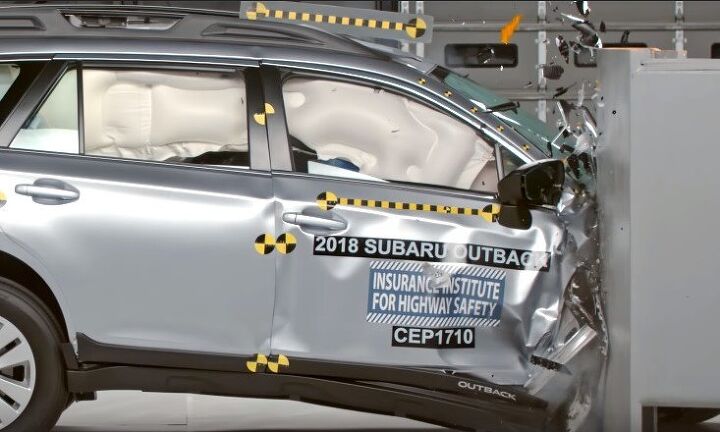

















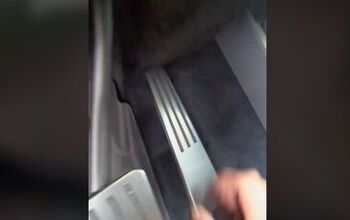
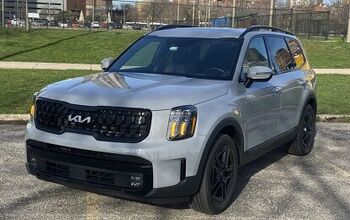
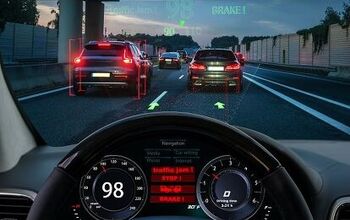








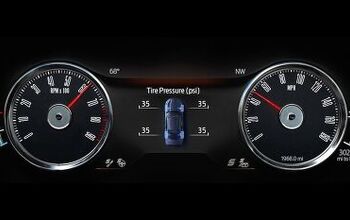

Comments
Join the conversation
IIHS struggling for relevancy. Next up, the 6 ton steel I beam dropped on the roof test. Ooh, you scored poor there, good luck next refresh while everyone slams your vehicle as unsafe.
A non automotive friend, otherwise politically astute, observed that "crash testing is the ONLY time my interests and the IIHS align".